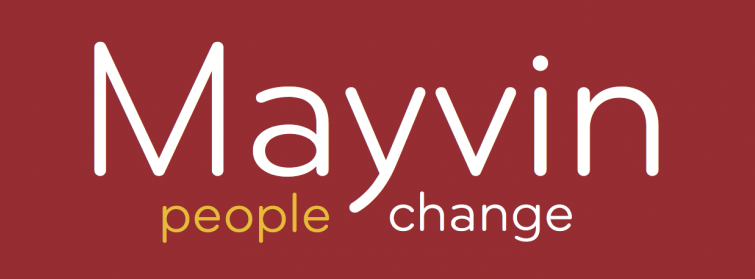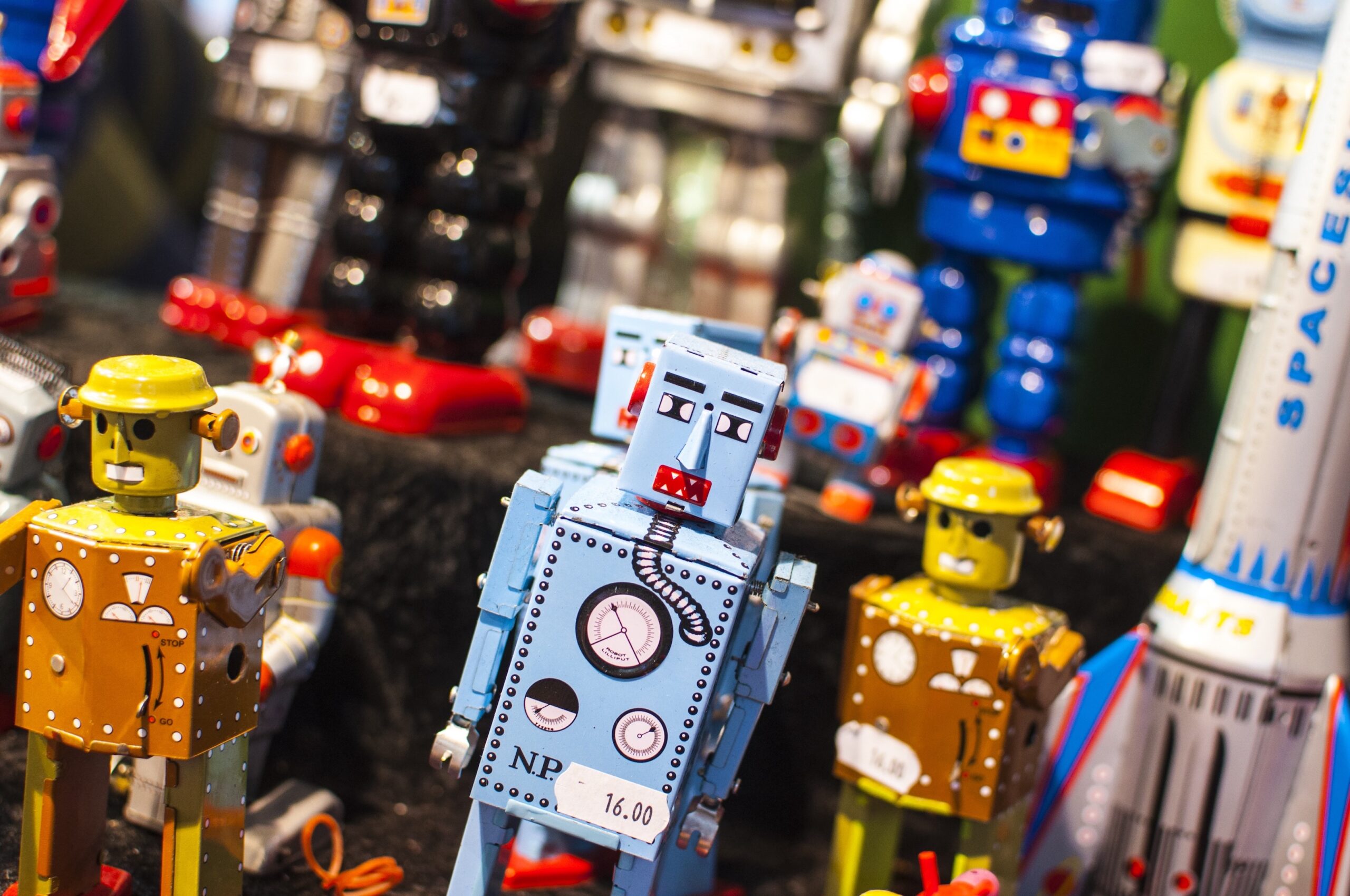It is unsettling to think we’ll be working alongside androids but it gives us greater perspective to define ‘real’ OD
My colleague Rob Warwick and I have been commissioned to write a book about Organisation Development. We are delighted and daunted by the prospect. We want to write a kind of 'truth about OD' handbook: it's all very well what it says in a text book but, what's it like for real, when we get our hands dirty? And what might become of the world in general, and the world of work in particular, that might shake up our settled (and possibly self-satisfied) view of what we do?
This made us think quite broadly about not just the past, our stories of practice as they have been, but what might become of us. It invited us to imagine not just the last couple of decades of practice, but the next couple as well. What would the world of organisations be like in, say 2037?
To help us with this, we invited some fictional characters into the story. The first to arrive was Jas. He is in his seventies by then, and has had a long and more or less successful career in this world. Jas was followed by Winona, a younger woman, very much at the outset of her working life, who actually is, as it turned out, what they call an 'MG' - a mixed genotype. This means that Winona is part human and part android. One of the most striking things we discovered about Jas and Winona’s world is that androids and humans co-inhabit the workplace.
There is no ‘I’ in Robot
This may sound like a strange idea. It does shake up our view of people, work and organisations. That is the point. What does it do for our understanding of the future of OD, for example, when Jas finds himself confronted by a client, a global shipping organisation, that has finally decided to outsource all of its manual work to androids? Imagine hundreds of enormous merchant vessels sailing all over the world, with no people on them. It sounds like a dystopia, but one that may well be a reality quite soon. Indeed, the technology for this is available now.
This is an age-old challenge facing humanity, in fact, it’s one we had to grapple with ever since we started to make and use tools. In the words of phenomenologist Maurice Meleau Pointy, who investigates the nature of the self: “When a blind person holds a white stick, where do they in fact exist, in relation to this object? How far does their ‘self’ extend into the world? Where does their familiar stick become part of them? Is it at the end of the stick, where it hits the pavement, or at the junction between their stick and their hand? Or halfway down?”
Spot the difference: Drones and video conferencing
Thinking of robots, androids and non-humans in the workplace is asking us to confront confused and confusing notions of what constitutes 'us', our 'selves'. These notions are likely to become even more confusing as our interrelationship with technology shifts. This will no doubt affect our notions of self, work and organisations in profound ways. To illustrate further, here are a few thought experiments to consider.
- Drones
When a drone pilot controls a drone that is flying thousands of miles away, where in fact are they? Do they exists, both in the windowless room in the middle of the desert in the United States, as well as somewhere in the sky over Afghanistan, connected as it were, by a thin filament of self that stretches between?
- Video conferencing
When our colleague joins us in a business meeting, whilst she is in Rome, and we are in a room together in London, where in fact is she? With us in the room, at her kitchen table, or is she in fact constructed somewhere on a server in Ireland or California?
One hundred years ago, when automobiles were in their earliest stages of development, there wasn't yet an agreed convention for the interface between the human and the vehicle. The Model T Ford had the three pedals we might recognise, but instead of an accelerator, brake and clutch, two of the pedals actually operated the gears. By the 1920s manufactures had more or less settled together on the interface that we know now to be familiar. Perhaps this is indicative of the likely evolution of virtual interfaces that we use, like Skype, Zoom, Webex etc? Perhaps the convention for interconnectivity is yet to be developed, and will one day be as familiar to us as the controls of a car.
Adapting is not a technicality
These thought experiments point out that the human/technological interface is an ever-evolving phenomenon, one that we have been adapting to for centuries, millennia even. As far back as the mythical time when Oedipus was invited to solve the riddle of the sphinx, which asked 'what walks on four legs, then two legs then three?' (You can try and solve it yourself, or of course you can google it).
Donna Harraway wrote the Cyborg Manifesto in the 1980s. In it she suggested that people– and women in particular– have been in fact liberated by this technological interface, but not always in altogether positive or predictable ways. An example is Rosie the Riveter, the cartoon poster of the 1940s which was created to encourage American women to join the war effort. In the picture, Rosie is depicted as a strong young woman, flexing her biceps, under the slogan ‘We can do it!’ We presume by her epithet that she is technologically enhanced by the rivet gun she wields to assemble vast bombers for the air force. Ironically, these bombers are then deployed against the cities full of women and children just like her. It is an unsettling image of the complex relationship that humans have, and will continue to develop with technology. The next turn of this relationship will no doubt be equally liberating and troubling.
Upset your thinking for greater perspective
What happens when we are surrounded by artificial intelligences, androids with whom we can converse, collaborate and even cohabit? What happens when bio-medical advances finally sever the inevitable distinction in procreation between women and men? These are other less imaginable challenges will be vested upon us, our communities and indeed our workplaces over the next quarter century, and will no doubt make the revolution we have just witnessed over the invention and development of the internet look like a mere bump in the road.
So the purpose of bringing Jas and Winona into our story of Organisation Development has liberated our thinking, hopefully in the same way that Rosie symbolised the unpredictable, unsettling liberation of American women. We wanted our thinking around the past, present and future of OD to be upset, in order that a greater perspective could be engendered.
You can pre-order your copy of Organisation Development: A Bold Explorer's Guide on Amazon. The book will be published in April 2018 by Libri Publishing.

